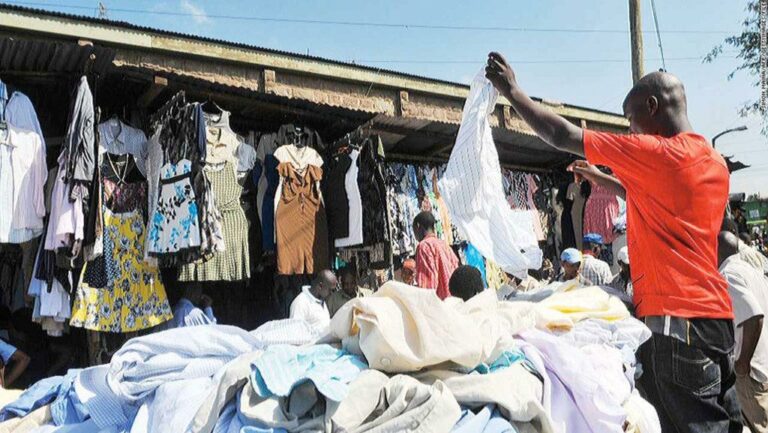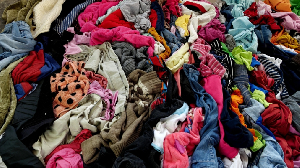Kenya has overtaken Nigeria to become the biggest importer of second-hand clothes in Africa. According to Business Insider, data from the Massachusetts Institute of Technology (MIT) shows that in 2023, Kenya imported used clothing worth Sh38.5 billion ($298 million). This marks a 12.45% increase from the previous year.
Second-hand clothes, commonly called “mitumba” in Kenya, include items like shirts, trousers, jackets, dresses, shoes, bedding, towels, and curtains. Many people in Kenya rely on mitumba because they are affordable compared to new clothes.
The data from MIT’s economic complexity observatory shows that in 2022, Kenya and Nigeria imported nearly the same value of used clothes, with Kenya at Sh34.5 billion ($265 million) and Nigeria at Sh34.5 billion. South Africa followed closely with Sh33.76 billion ($261 million).
Previously, South Africa was the leading importer of used clothing. However, the country later restricted these imports, except for specific uses like making industrial wiping rags or donating to charities.
In 2023, Ghana ranked second in second-hand clothing imports, bringing in Sh30.4 billion worth of used clothes. South Africa followed with Sh29.4 billion, while Uganda and Nigeria imported Sh27.2 billion and Sh27 billion, respectively.
Despite Nigeria having a larger population and officially banning the import of used clothes, Kenya has taken the lead in this trade. One of the reasons is the recent removal of import declaration fees (IDF) and the railway development levy (RDL). These changes have made it easier and cheaper to bring mitumba into the country.
However, manufacturers in Kenya are not happy with these policies. They argue that cheaper second-hand clothes hurt local industries, making it harder for them to compete.
With these new tax policies, Kenya’s mitumba market is expected to keep growing, as more people continue to rely on affordable second-hand clothing.








